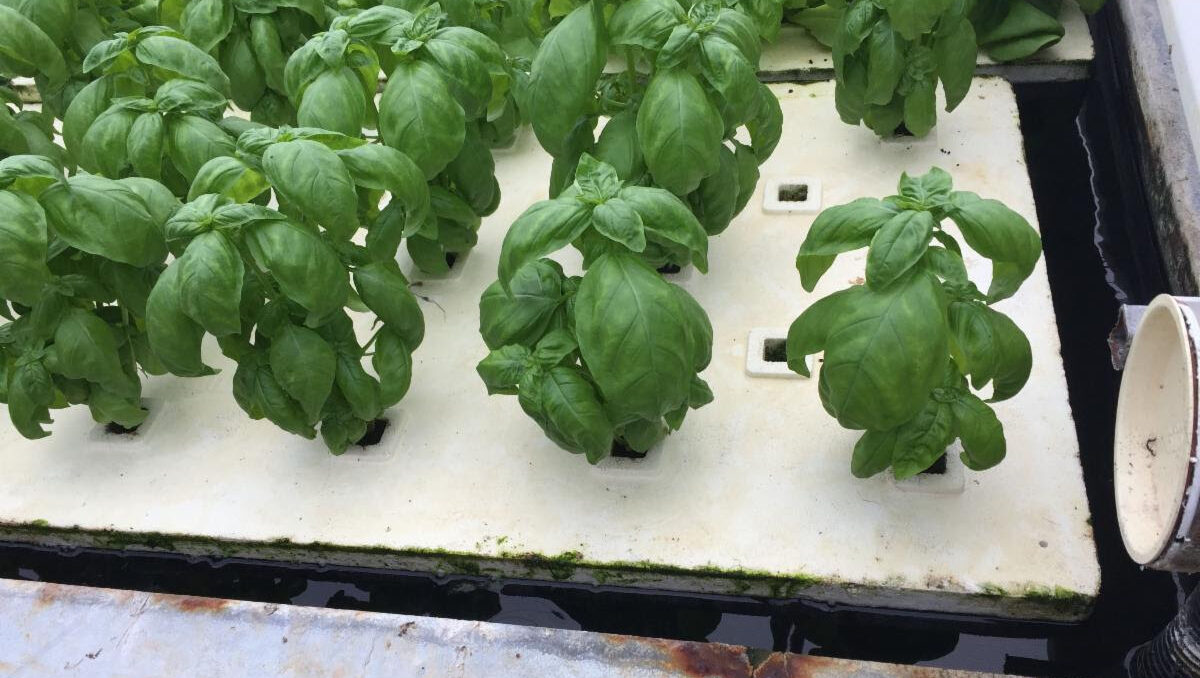Hydroponics: A Soil Alternative

All of our emphasis on growing healthy soil in this newsletter series has made me think about the role of soil in growing plants. You may be surprised to look at standard 1.L.1.1 – Recognize that plants and animals need air, water, light (plants only), space, food and shelter and that these may be found in their environment – and recognize that soil is not mentioned. Do plants really need soil? Soil provides structure and support for the root system, essential nutrients, and access to water and oxygen; without these plants could not survive. However, any plant can be grown without soil as long as you can provide support, nutrients, water and oxygen.
Hydroponics is one way of growing plants without soil. The word hydroponics comes from the root words hydro, meaning water and ponos, meaning labor. Hydroponics uses a nutrient-based solution to grow plants in water without the use of soil. Hydroponics has been in use for thousands of years, with the Hanging Gardens of Babylon being one of the first examples. Hydroponics can be a great alternative to soil building or for growing indoors in harsh climates. Growing plants hydroponically can be a great way for students to explore what plants need to grow.
Remember though, to grow without soil you will need to provide support, this can be done with rockwool, coconut or hemp fiber mats or even sponges or cotton balls. Soil provides plants with nutrients so you will need to supply an alternate nutrient solution. You will also need to provide oxygen, which can easily be done with an inexpensive aquarium pump and airstone.
Check out this hydroponics lesson plan from KidsGardening. This is a great STEM lesson for students to explore and continue to grow during the winter months when the school garden is between seasons.
- Categories: